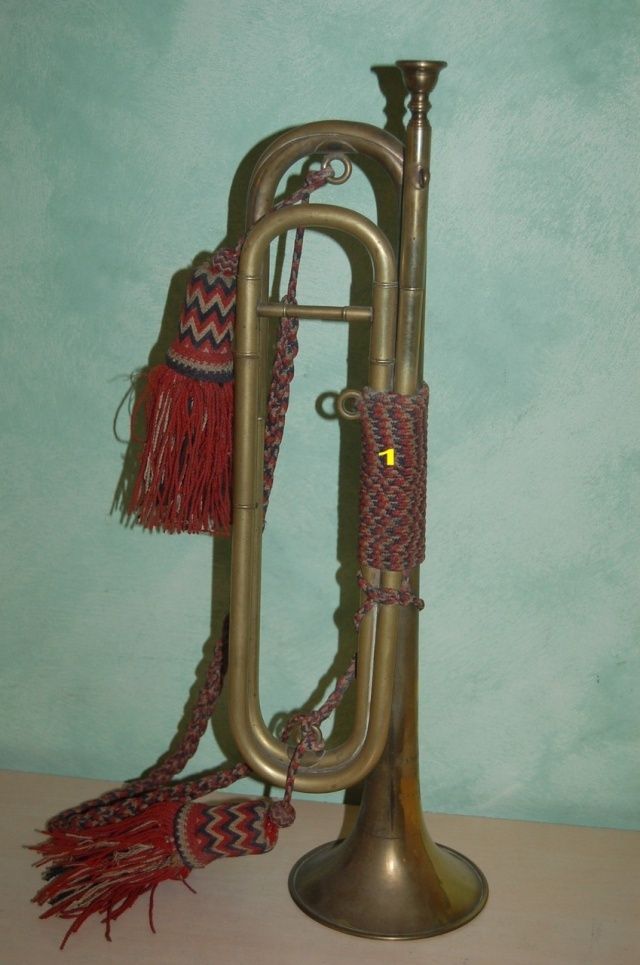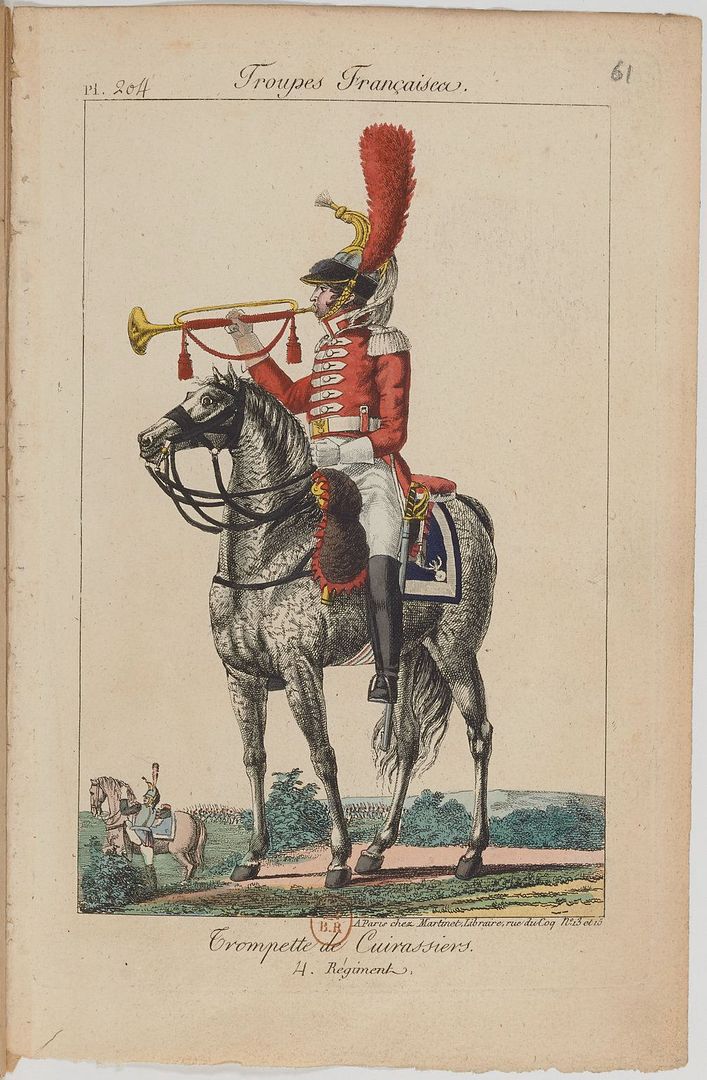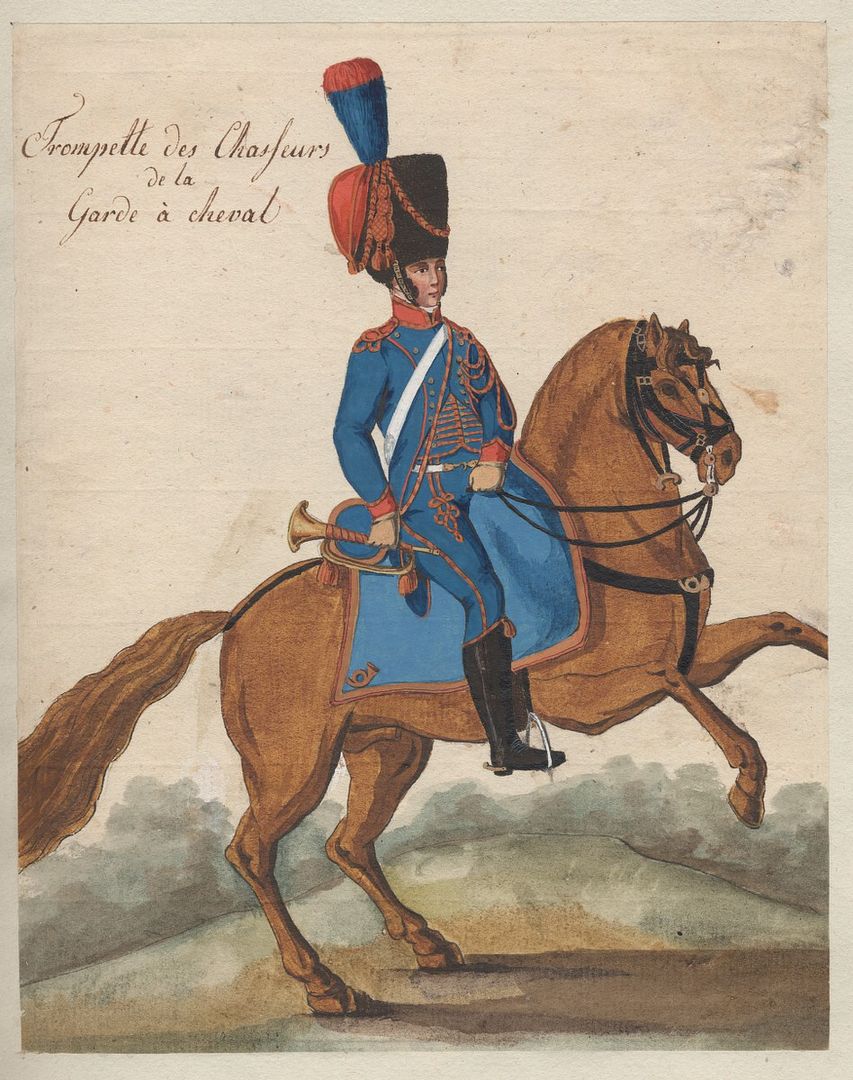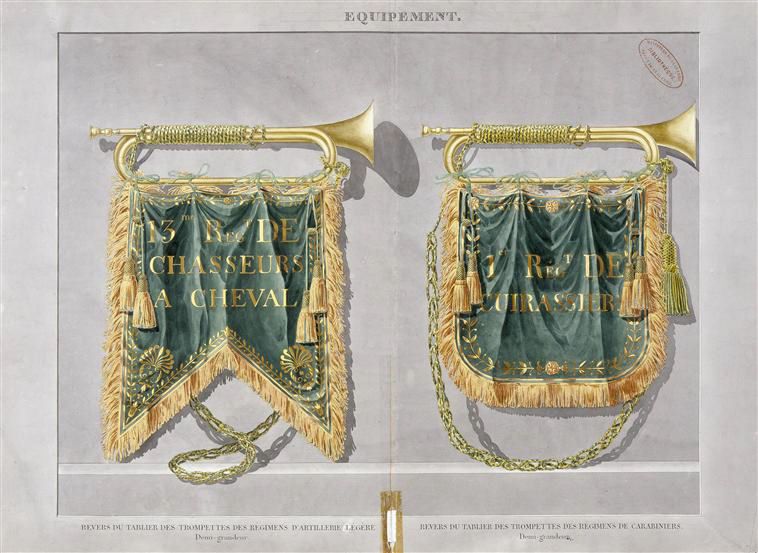Grod
A Fixture
Hello Folks
I've just received these photos of this 120mm scale resin kit depicting a trumpeter of Napoleons Imperial Guard Chasseurs a Cheval. Sculpted for Mitches Military Models by Maurice Corry this 120mm kit will be available soon. Anyone wishing to pre order please contact me on [email protected]
Ross will be releasing this on his website soon at www.mitchesmilitarymodels.co.uk
Price is £35.00 which includes FREE worldwide shipping
Cheers
Gordon
I've just received these photos of this 120mm scale resin kit depicting a trumpeter of Napoleons Imperial Guard Chasseurs a Cheval. Sculpted for Mitches Military Models by Maurice Corry this 120mm kit will be available soon. Anyone wishing to pre order please contact me on [email protected]
Ross will be releasing this on his website soon at www.mitchesmilitarymodels.co.uk
Price is £35.00 which includes FREE worldwide shipping
Cheers
Gordon
Attachments
-
 P4030041.JPG268.8 KB
P4030041.JPG268.8 KB -
 P4030032.JPG478.7 KB
P4030032.JPG478.7 KB -
 P4030024.JPG212.5 KB
P4030024.JPG212.5 KB -
 P4030028.JPG217.3 KB
P4030028.JPG217.3 KB -
 P4030037.JPG355.4 KB
P4030037.JPG355.4 KB -
 P4030038.JPG309.1 KB
P4030038.JPG309.1 KB -
 P4030040.JPG323.7 KB
P4030040.JPG323.7 KB -
 P4030041.JPG268.8 KB
P4030041.JPG268.8 KB -
 P4030042.JPG259.9 KB
P4030042.JPG259.9 KB -
 P4030045.JPG276.8 KB
P4030045.JPG276.8 KB -
 P4030046.JPG238 KB
P4030046.JPG238 KB -
 P4030047.JPG339.2 KB
P4030047.JPG339.2 KB -
 P4030003.JPG367.9 KB
P4030003.JPG367.9 KB -
 P4030004.JPG299.6 KB
P4030004.JPG299.6 KB -
 P4030005.JPG399.5 KB
P4030005.JPG399.5 KB -
 P4030006.JPG301 KB
P4030006.JPG301 KB









